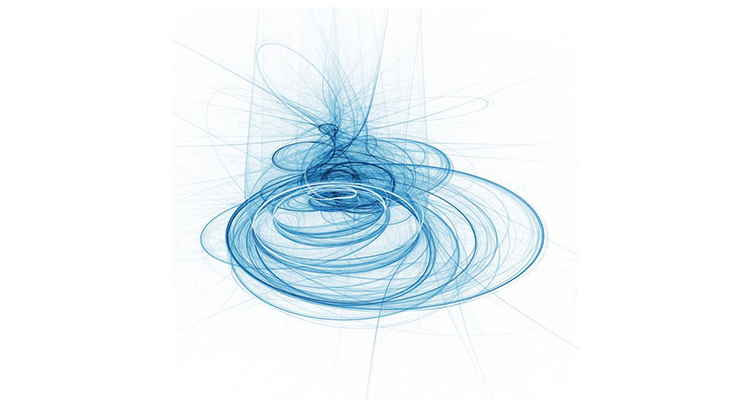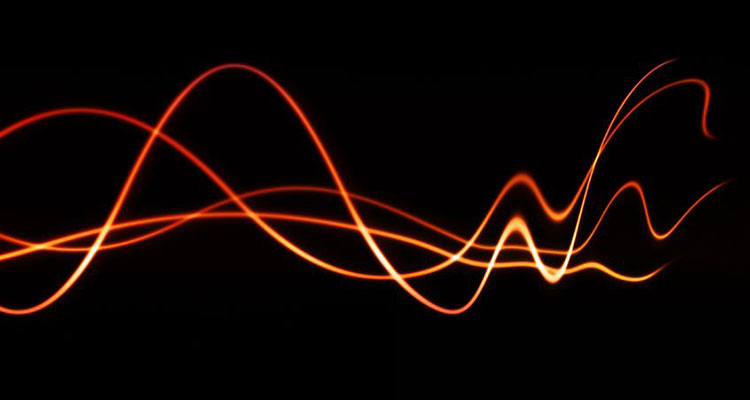Building, Design for Sound and Acoustics, Part 3: Understanding Sound Transmission (STC) Ratings
By John J. Lupo Division Manager, North Florida, Dynamark Systems

This is part 3 of a multi-part series of articles that will provide a solid understanding of the principles of sound and acoustics as it relates to design and construction of both public and private spaces. Part 1 covered the basics of Sound, Part 2 covered Decibels, and Parts 4 & 5 will cover Soundproofing and Room Acoustics.
A basic understanding of the Sound Transmission Class (STC) rating is an integral ingredient in the proper planning and design of any room or public space. If you’re concerned about sound transmission from room to room the STC rating is the tool that is utilized to measure the effectiveness of a material or soundproofing system’s ability to accomplish your goal.
This article contains information on interpreting and applying Sound Transmission Class (STC) measurements to room or facility soundproofing. The Sound Transmission Class is a measure of the materials ability to impede sound from traveling from one space to another. If privacy or the comfort of guests is a concern a level of soundproofing should always be a consideration during the planning and construction phase of both public and private spaces. Once sound energy enters into the structure of a building it will travel from room to room. This is referred to as Structure Borne Transmission. The goal is to contain the sound energy within the space and improve the quality of the experience of the occupants using the facility.
All products and materials utilized in application of soundproofing a room or facility will use one of the following forms of measurement:
- STC (sound transmission class)
- NRC (noise reduction coefficient)
- OITC (outdoor indoor transmission class)
- MTC (music transmission class)
The STC rating is the most common in regards to sound containment or soundproofing.
OK, so let’s dig into some facts about the STC rating. Don’t be fooled by high ratings of a material. All is not as it seems. The STC rating is stated as an average of how the material will perform at frequencies between 125Hz (bass) and 4,000Hz (treble). Usually this will be stated as a single number reference (STC 54). The lower the frequency the more sound energy is transmitted. This is plainly evident when you hear the car next to you booming and rattling while the young man is listening to the latest hip hop music. The higher frequency sound waves contain much less energy and hence are more easily contained within a room
Quick Points
- The STC rating is an average of how a soundproofing material will perform over a range of sound frequencies.
- The rating states the materials soundproofing ability to attenuate sound levels between 125 Hz (bass) to 4,000 Hz (treble).
- The Higher the rating the better the overall average performance of the material.
- The rating is measured in decibels (db).
- Soundproofing materials will vary in performance dependent on the frequencies it receives.
- All materials used in soundproofing will have a higher STC rating at frequencies above 1000 Hz.
- Soundproofing performance will decrease as the frequencies descend below 1000 Hz.
- Soundproofing performance will decline significantly in the lower (sub 300 Hz) frequencies.
- A soundproofing material may have an STC rating of 38 at 4000 Hz but have a rating of only 15 at 125 Hz. If you remember the reference in Part 2, Decibels, you will understand that the difference between 15dB and 38dB is over 4x the sound level.
Are STC ratings misleading? The answer is both yes and no. It really comes down to the application. If you are trying to soundproof a boardroom or executive office they are very usable. If you are trying to soundproof a room that will be used for music, movies, or events that will produce an abundance of low frequency sound energy then the answer is yes. The problem is that most of the sound energy is below the STC measurement range of 125Hz. If you have a surround sound system at home that includes a subwoofer let me explain it this way. A subwoofer typical operates at frequencies of 20-80Hz. This range is completely ignored by the STC rating. The worst part about that is that these frequencies are the biggest offenders when it comes to sound transmission. If properly addressed they greatly improve the experience of anyone that may be utilizing the facility.
Unfortunately very little test data is available from the soundproofing industry. Everyone wants to show high ratings but we need to dissect the numbers to find the right solution for our room.
OITC and MTC ratings are a bit more relevant to soundproofing for music & movies as they extend down below 80 Hz. These soundproofing measurements are more difficult to find as most manufacturers use the Sound Transmission Class Rating. But even these do not give us all we need.
So how do we find the information that we need? Good question.
For me the STC rating is almost meaningless in the world of music and multipurpose room soundproofing. It does not address the most problematic frequencies of soundproofing. In my opinion it should not be considered a reliable source of measurements for our purpose. Why is has become a standard comparison tool is beyond me.
As I have shown the rating is an average and performance will vary within the range of frequencies considered by the STC. We need to examine the soundproofing effectiveness by tested frequencies not the overall average. If we want true data and soundproofing performance ratings we need the actual test results for the frequencies below 125 Hz. These are difficult to find but they are available from some manufacturers. Of course the products that do not test well at these frequencies do not publish them. Why shoot yourself in the foot if you don’t have to?
Contact the manufacturer and request the test data that applies to your application. They have it. Take a better look at the product’s soundproofing performance in the target frequencies of 20 Hz to 315 Hz before you invest your hard earned money and time on a material or system that just won’t deliver.
Hopefully this writing gives you a better understanding of how STC ratings work. If you have any questions or comments please contact me at John@Electronics-World.net
John J. Lupo
Commercial Audio Video Manager
Electronics World
Gainesville, FL
This article was reprinted with permission and originally appeared here.




